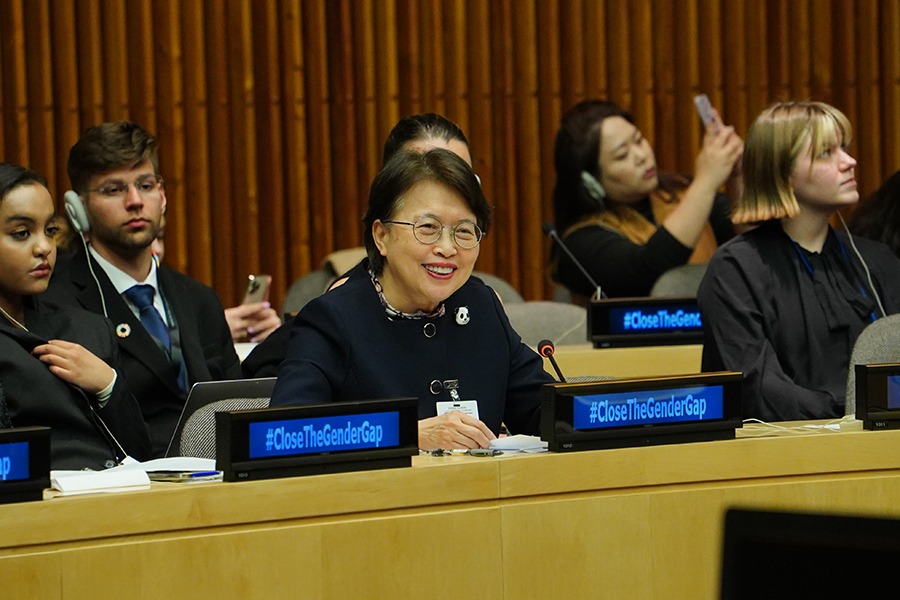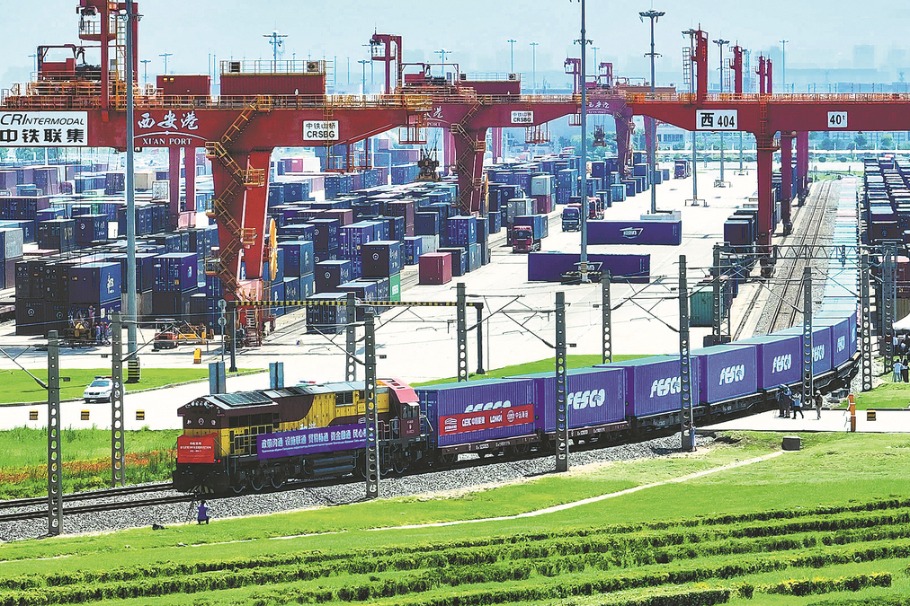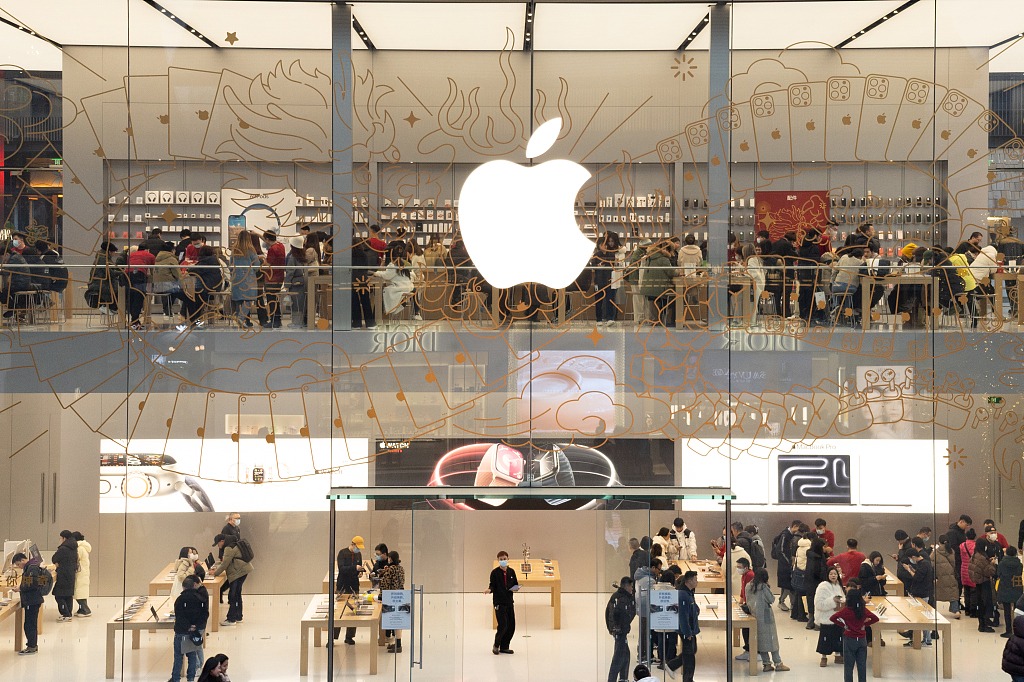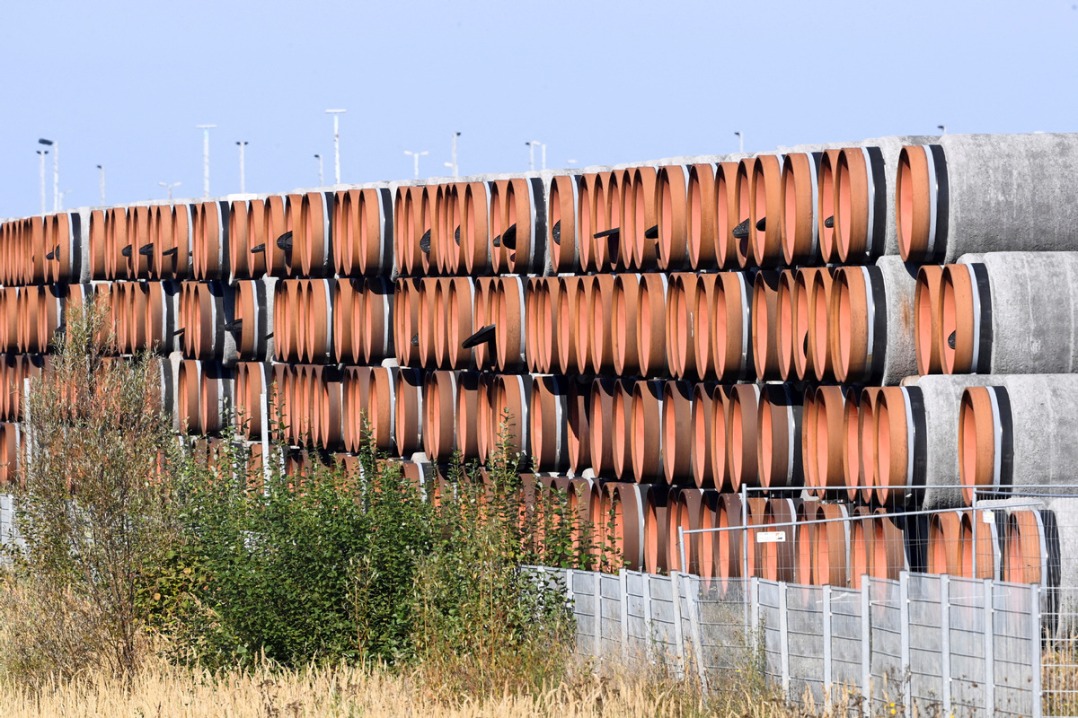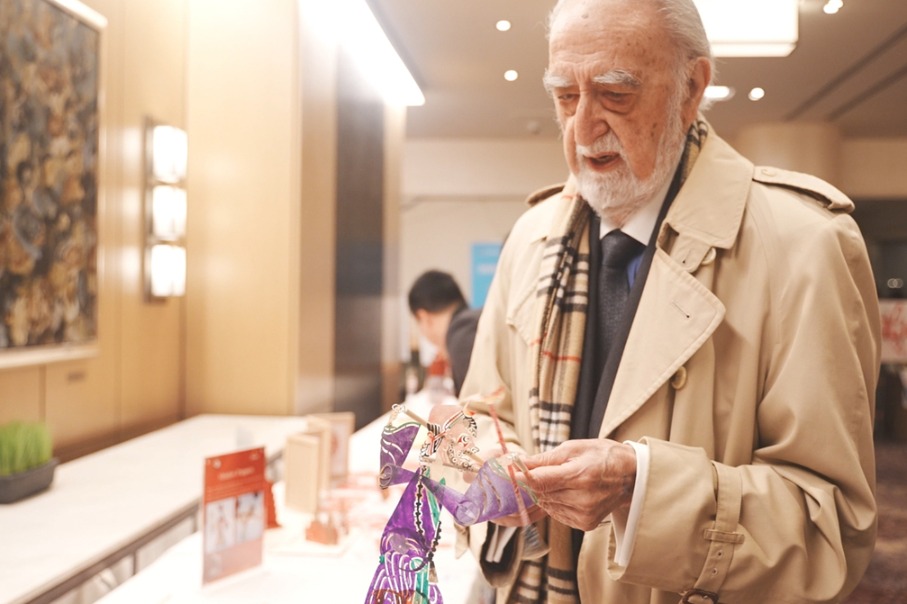Shenzhou XVII a step toward manned lunar mission
By Yang Yuguang | chinadaily.com.cn | Updated: 2023-10-26 12:07
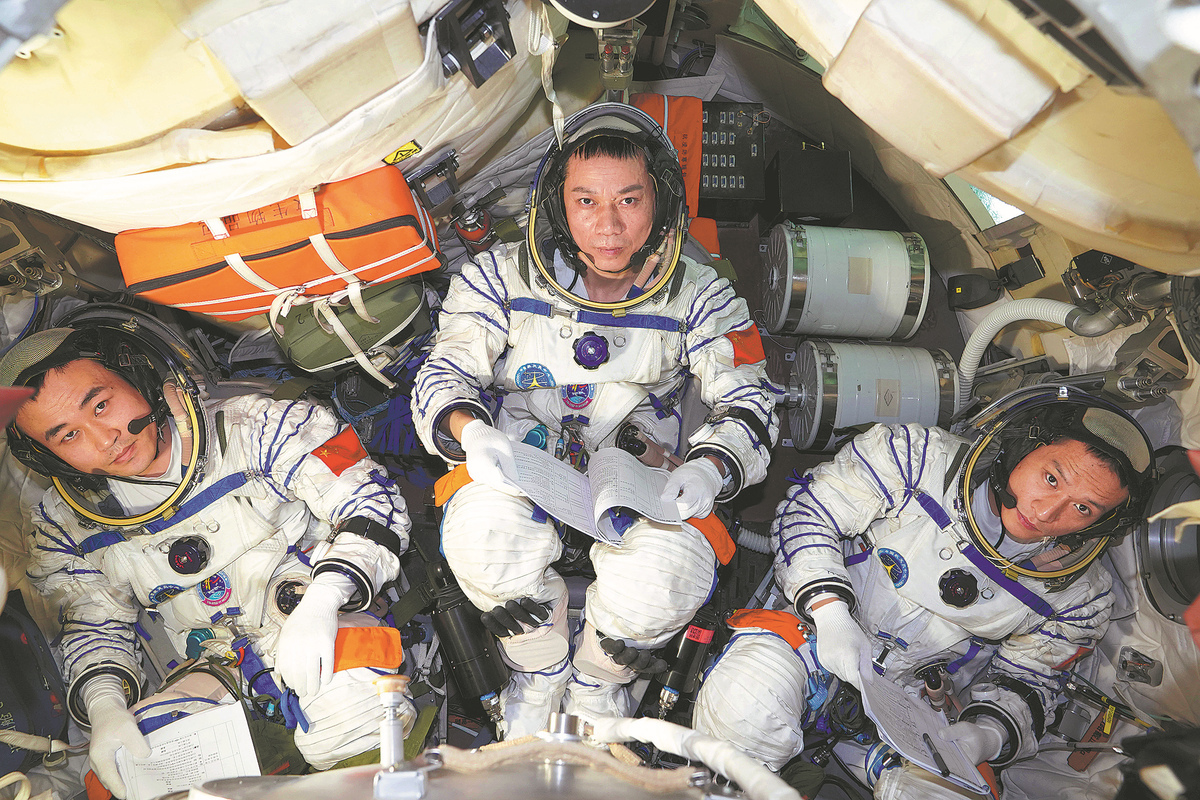
The launch of the Shenzhou XVII manned spaceship on Thursday was successful. The launch came just a few days after China celebrated the 20th anniversary of its first manned mission. On Oct 15, 2003, Yang Liwei, China's space hero, fulfilled the country's dream of accessing outer space.
In an interview with a major media outlet, Yang, currently deputy chief designer of China's manned space program, said all Chinese astronauts selected for the manned missions to the moon must have the experience of traveling to the Tiangong space station. This is an important criterion for the selection of "moon walkers". The Shenzhou XVII mission can therefore be described as an important stage of the preparation for China's manned lunar mission.
The Shenzhou XVII mission and its crew have many firsts. The crew is the youngest of all China's manned missions. It is also the first to have a combination of second-batch and third-batch astronauts. Tang Hongbo, a veteran astronaut who completed his first spaceflight about two years ago, is poised to be the first space traveler to revisit China's Tiangong space station.
The Shenzhou XVII crew is very young. Astronauts Jiang Xinlin and Tang Shengjie are two of China's third-generation astronauts, and were born in 1988 and 1989 respectively. As they are on their first space mission at such a young age, they will get plenty of opportunities to join more space missions.
In 2021, the program was still in the "technology demonstration and verification phase". A series of new technologies needs to be tested and mastered before being applied to space missions. For instance, during Shenzhou XII mission, China tested the regenerative environmental-control and life-support system. This system is much more complex than the non-regenerative systems used in all Shenzhou spaceships and the Tiangong-1 and Tiangong-2 space laboratories.
But mastering the technologies of regenerative environmental control and the life-support system is a prerequisite for operating a space station, otherwise too much resources would be wasted in providing water, oxygen and other resupplies to the astronauts.
Since the major purpose of building the Tiangong Space Station is to conduct all scientific research, we need to reduce the amount of resupplies to the space station to the lowest possible level.
During the Shenzhou XII mission, Tang and his two colleagues tested the oxygen production system, water recovery system, urine processing system, hazardous gas removal system, carbon dioxide removal system, and CO2 recovery system. These six sub-systems form the regenerative system, and the three-month operation of these systems during the Shenzhou XII mission gave China valuable experience and knowledge on how they work. Tang played an important role in accomplishing this task.
Since Tang is familiar with the regenerative environmental-control and life-support systems, and since the corresponding system in the Wentian laboratory module has the same specification and design as the Tianhe-1 core module, he can ensure the normal functioning of these important systems during the six-month stay at the Tiangong Space Station. More importantly, his experience will also be helpful for China's future manned lunar missions.
As Zhang Hailian, deputy chief designer of China's manned space program said, China will use two Long March-10 heavy launch vehicles to launch a lunar-lander and spaceship to trans-lunar orbit respectively. The two spacecrafts will rendezvous and dock in circumlunar orbit, following which two of the three crew members will transfer from the spaceship to the lunar-lander to explore the lunar surface, collect samples, return to the lunar orbit and re-dock at the spaceship, before being carried back to Earth.
The "Lunar Orbit Rendezvous" is so complicated that even the smallest error could cause disaster. Thus the astronauts have to be doubly sure about everything they do. That's why their experience at the Tiangong Space Station is very important. All this can be described as a warm-up exercise for the lunar missions.
The young astronauts Tang Shengjie and Jiang Xinlin are in perfect physical condition and could handle abnormal situations. Being trained as pilot-astronauts, we hope these young people get the chance of leading space missions in the future.
Having its astronauts walk on the moon is part of China's space dream, and the Shenzhou XVII manned mission could be a very important step toward China realizing that dream.
The author is vice chair of International Astronautical Federation Space Transportation Committee. The views don't necessarily reflect those of China Daily.
If you have a specific expertise, or would like to share your thought about our stories, then send us your writings at opinion@chinadaily.com.cn or comment@chinadaily.com.cn.





